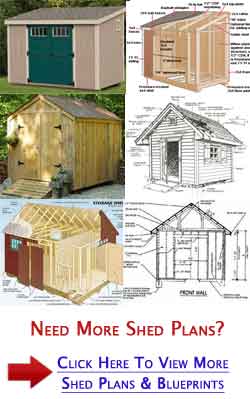 www.redfin.com ```html
www.redfin.com ```html DIY Miniature Flat Roof House: A Step-by-Step Guide This project guides you through creating a simple miniature flat roof house, perfect for architectural models, dollhouses, or decorative purposes. We'll use readily available materials and basic crafting skills.
Materials You'll Need
- Balsa wood or thick cardboard (for walls, roof, and base)
- Craft knife or scissors
- Ruler or measuring tape
- Pencil
- Wood glue or hot glue gun
- Sandpaper (optional)
- Paint or markers (for decoration)
- Optional: Clear acrylic sheet (for windows)
Step 1: Design and Planning Begin by sketching out your desired house dimensions. Consider the size of your base and the height and width of your walls. A simple rectangular or square shape works best for a flat roof. Draw a simple plan on paper to guide your cuts. For example, you could have a 4x4 inch base and 3-inch high walls.
Step 2: Cutting the Base Using your ruler and pencil, measure and mark the dimensions of your base on the balsa wood or cardboard. Carefully cut along the lines with your craft knife or scissors. Ensure the edges are straight and clean.
Step 3: Cutting the Walls Measure and mark the dimensions of your walls on the balsa wood or cardboard. You'll need four walls. Remember that the height should be consistent for a level flat roof. Cut out each wall piece precisely.
Step 4: Assembling the Walls Apply wood glue or hot glue to the edges of one wall and attach it to the edge of the base. Hold it in place until the glue sets. Repeat this process for the remaining three walls, creating a box-like structure on the base. Ensure the corners are aligned properly.
Step 5: Creating the Roof Measure the top of your assembled walls to determine the size of the roof. Cut a piece of balsa wood or cardboard to match these dimensions. Ensure the roof is slightly larger than the wall area so it has a slight overhang. This provides a better aesthetic.
Step 6: Attaching the Roof Apply wood glue or hot glue to the top edges of the walls. Carefully place the roof piece on top, ensuring it is centered and aligned. Hold it in place until the glue sets. The weight of the roof may require support while drying.
Step 7: Adding Windows (Optional) If you want to add windows, mark the desired locations on the walls. Carefully cut out rectangular openings using your craft knife. You can glue in clear acrylic sheets or simply leave the openings bare.
Step 8: Finishing and Decoration Once the glue is completely dry, you can sand down any rough edges or imperfections. Now you can paint or decorate your miniature house to your liking. Add details like doors, textures, or landscaping around the base. Markers can also be used for finer details.
Conclusion You've now successfully built a miniature flat roof house. This project can be scaled up or modified with different materials and designs. Experiment with different roof styles, window placements, and decorative elements to create unique miniature structures. Have fun creating!
``` Best 20+ Flat Pictures & Images
 unsplash.com
unsplash.com Main Differences Between Flat & Apartment Every Homebuyer Should Know
 www.homebazaar.com
www.homebazaar.com What Is A Flat?
 www.redfin.com
www.redfin.com  en.wikipedia.org ```html
en.wikipedia.org ```html  geologyscience.com
geologyscience.com  www.mineralienatlas.de
www.mineralienatlas.de ![Cedarshed studio 12x6 shed [st126]](https://i0.wp.com/www.shednation.com/oscthumb.php?src=/images/cedarshed/cedarshed-studio-shed-st96-1.jpg&w=1500&h=1220&f=jpg&q=95&hash=a1b196bdc5513eb64d7a831305149a4c) www.shednation.com
www.shednation.com  shedsblueprints.blogspot.com
shedsblueprints.blogspot.com  exouavehu.blob.core.windows.net
exouavehu.blob.core.windows.net  unsplash.com
unsplash.com  pinocollection.com
pinocollection.com  pinocollection.com
pinocollection.com  keepingbusy.com ```html
keepingbusy.com ```html  www.simpleskincare.com
www.simpleskincare.com  spracklinchiro.com
spracklinchiro.com 